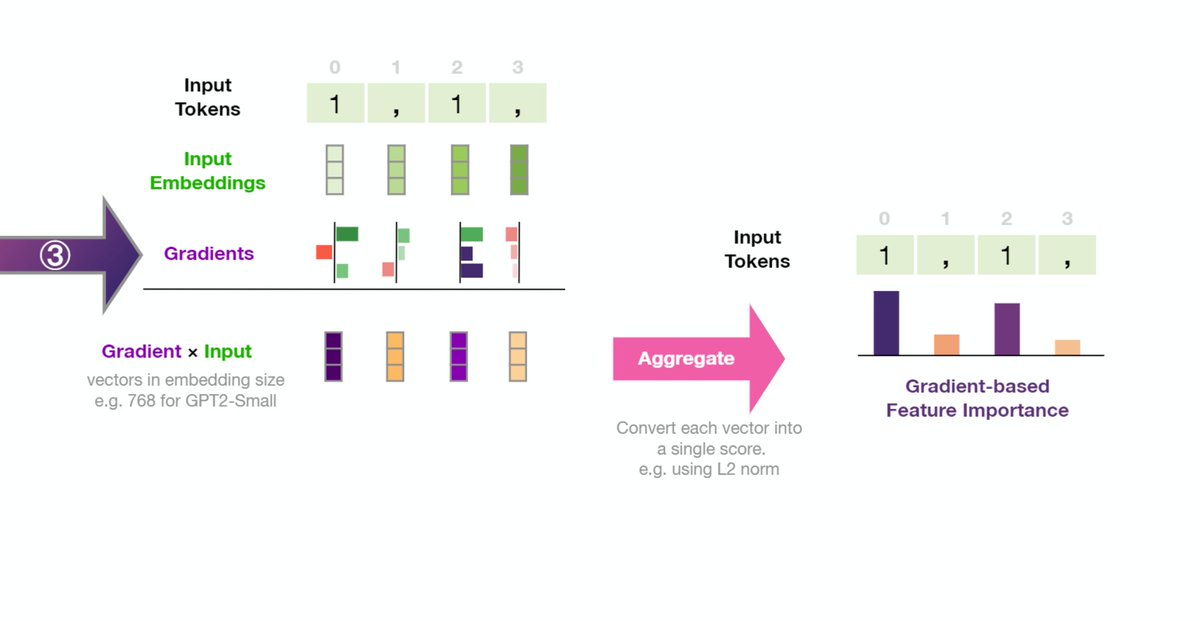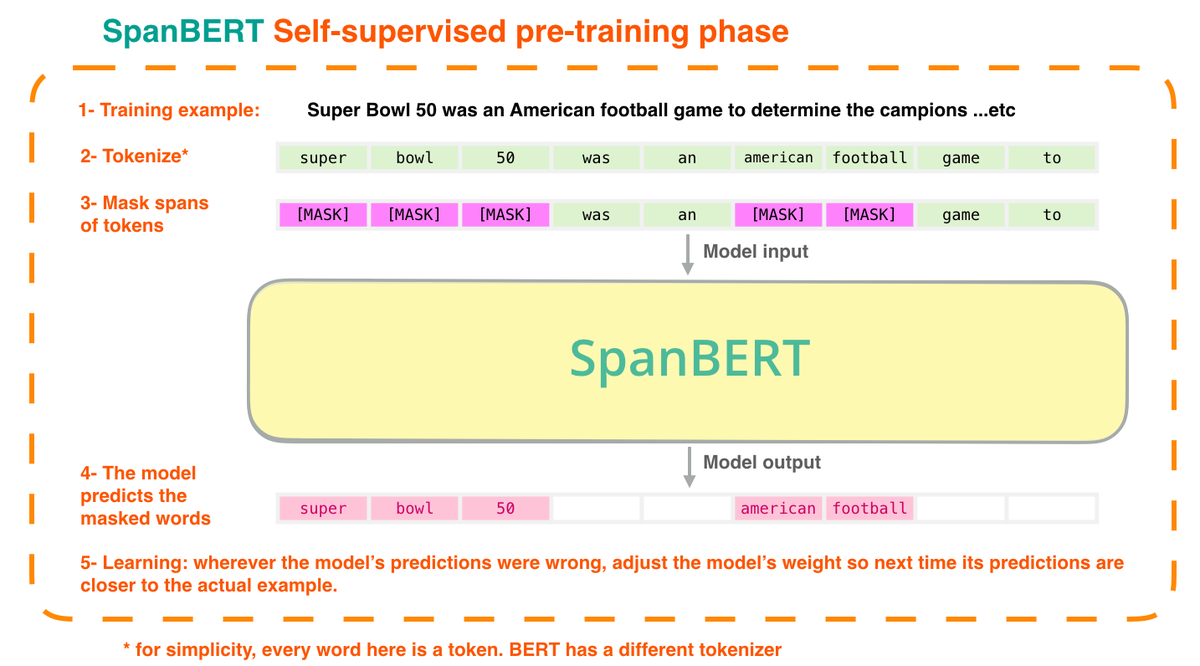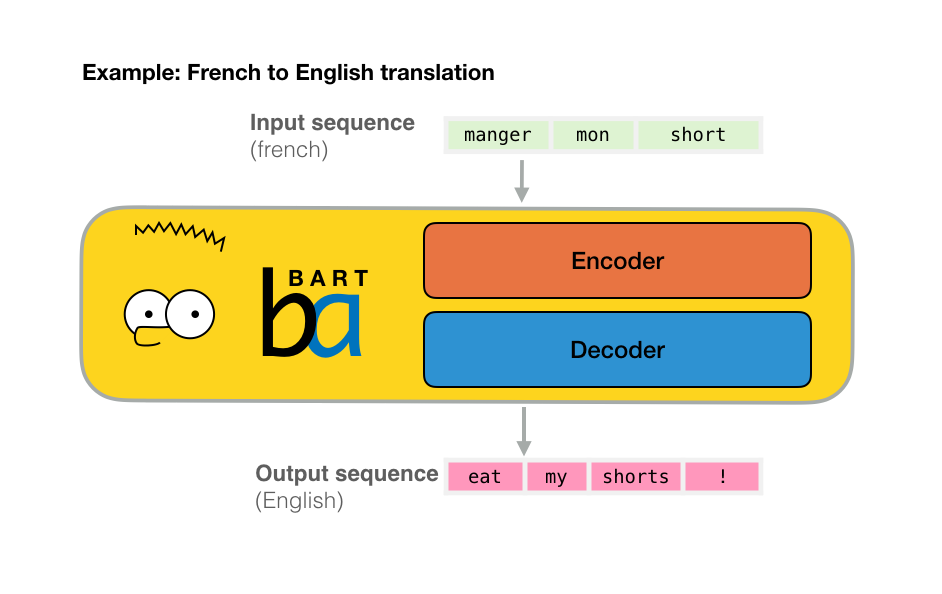
Finding the Words to Say: Hidden State Visualizations for Language Models
jalammar.github.io/hidden-states/
New post! Visualizations glancing at the "thought process" of language models & how it evolves between layers. Builds on awesome work by @nostalgebraist @lena_voita @tallinzen. 1/n
jalammar.github.io/hidden-states/
New post! Visualizations glancing at the "thought process" of language models & how it evolves between layers. Builds on awesome work by @nostalgebraist @lena_voita @tallinzen. 1/n

If we ask GPT2 to fill-in the blank:
Heathrow airport is located in the city of ___
Would it fill it correctly?
Yes.
Which layer stored that knowledge?
The various layers successively increased the ranking of the word "London", but Layer 5 ultimately raised it from 37 to 1.
Heathrow airport is located in the city of ___
Would it fill it correctly?
Yes.
Which layer stored that knowledge?
The various layers successively increased the ranking of the word "London", but Layer 5 ultimately raised it from 37 to 1.

Another view (also powered by eccox.io) compares the rankings of two words to fill one blank.
Which layers would recognize that "are" is the correct word for this blank?
Only Layer 5. All others rank "is" higher than "are".
Which layers would recognize that "are" is the correct word for this blank?
Only Layer 5. All others rank "is" higher than "are".

If you're new to language models, Ecco also provides a simple view for the scores of output tokens.
You can visualize the outputs of the model (so only the last layer). You can also see the top scoring tokens for all the layers.

You can visualize the outputs of the model (so only the last layer). You can also see the top scoring tokens for all the layers.


Three notebooks for Ecco are released with this post. You can try these visualizations on your own text with various GPT2 models
- colab.research.google.com/github/jalamma…
- colab.research.google.com/github/jalamma…
- colab.research.google.com/github/jalamma…
- colab.research.google.com/github/jalamma…
- colab.research.google.com/github/jalamma…
- colab.research.google.com/github/jalamma…
Awesome to make the HN homepage! Feel free to join the discussion with any feedback, thoughts, or questions:
news.ycombinator.com/item?id=258330…
news.ycombinator.com/item?id=258330…
• • •
Missing some Tweet in this thread? You can try to
force a refresh











